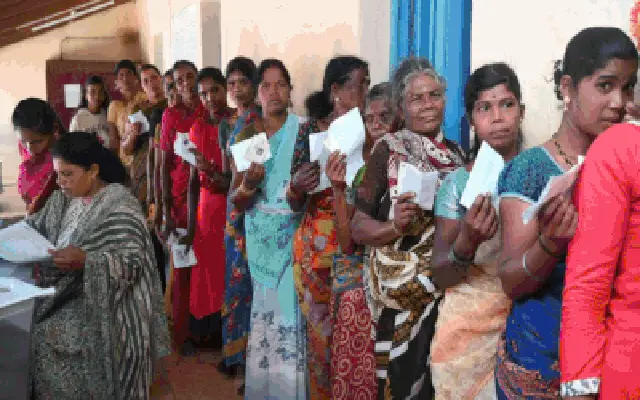 Mumbai: The UPA government is once again working to boost private profit at the expense of ordinary citizens. This time it is doing so by opting to change the policy on the pricing of natural gas, used principally to produce power and fertilizer and for the extraction of liquefied petroleum gas (LPG).
Mumbai: The UPA government is once again working to boost private profit at the expense of ordinary citizens. This time it is doing so by opting to change the policy on the pricing of natural gas, used principally to produce power and fertilizer and for the extraction of liquefied petroleum gas (LPG).
As of now there are multiple pricing regimes prevailing in Indias gas market. The ones that matter the most are the prices charged by the principal producers, consisting of the public sector Oil and Natural Gas Corporation Limited (ONGC) and Oil India Limited (OIL) and the private sector Reliance Industries Limited (RIL). They, together, account for more than 85 per cent of the domestically extracted and delivered natural gas.
The Cabinet Committee on Economic Affairs (CCEA) approval for doubling natural gas price by April 2014 is likely to benefit companies like ONGC, and GAIL but the neatest beneficiary will be Reliance Industries, says CLSA.
The UPA government has decided to implement the recommendations of Rangarajan Committee and increase natural gas prices to $8.4 from April 1 next year. Indicating its intent to make the countries troubled energy sector more attractive for investment.
According to CLSA report, Reliance Industries will be one the “neatest beneficiary” as the price hike is likely to give a huge boost to investor sentiment related to its E&P business prospects.
Yesterday saw a steep increase in the shares ONGC which jumped 5.4 percent in an early trade, while Reliance Industries, which operates the countries biggest gas block off the east coast along with BP, rose 3.4 percent.
The State energy companies said the governments decision to approve a gas price hike for the first time in three years would boost their profits.
For ICICI Direct, ONGC and Oil India are the clear winners.
“ONGC and Oil India would be the major beneficiaries of this price hike as they are the largest producers of Administered Price Mechanism (APM) gas. The benefits for these two companies include their investments in deepwater gas discoveries turning viable, thus leading to higher investments in offshore gas discoveries and higher gas production in future,” said ICICI Direct in a research note.
The revised prices would put India roughly in line with Indonesia’s $6-$9 per mmBtu, but were still short of typical LNG import costs.
Demand for gas in Indias economy far outstrips production, as Indias desire to keep prices cheap for the power and fertiliser industries deters investment in costly producing areas and in pipelines and terminals for more expensive LNG.
India, the worlds fourth-largest energy consumer, uses coal for nearly 56 percent of its energy needs, while oil accounts for another 26 percent. It aims to double the proportion of gas in its energy mix to 20 percent by 2020.
The price increase is expected to be unpopular with voters ahead of local and national elections in the next 12 months, but is key to easing acute power shortages in the country, where cheap gas deters investment and keeps demand far above actual use.
















